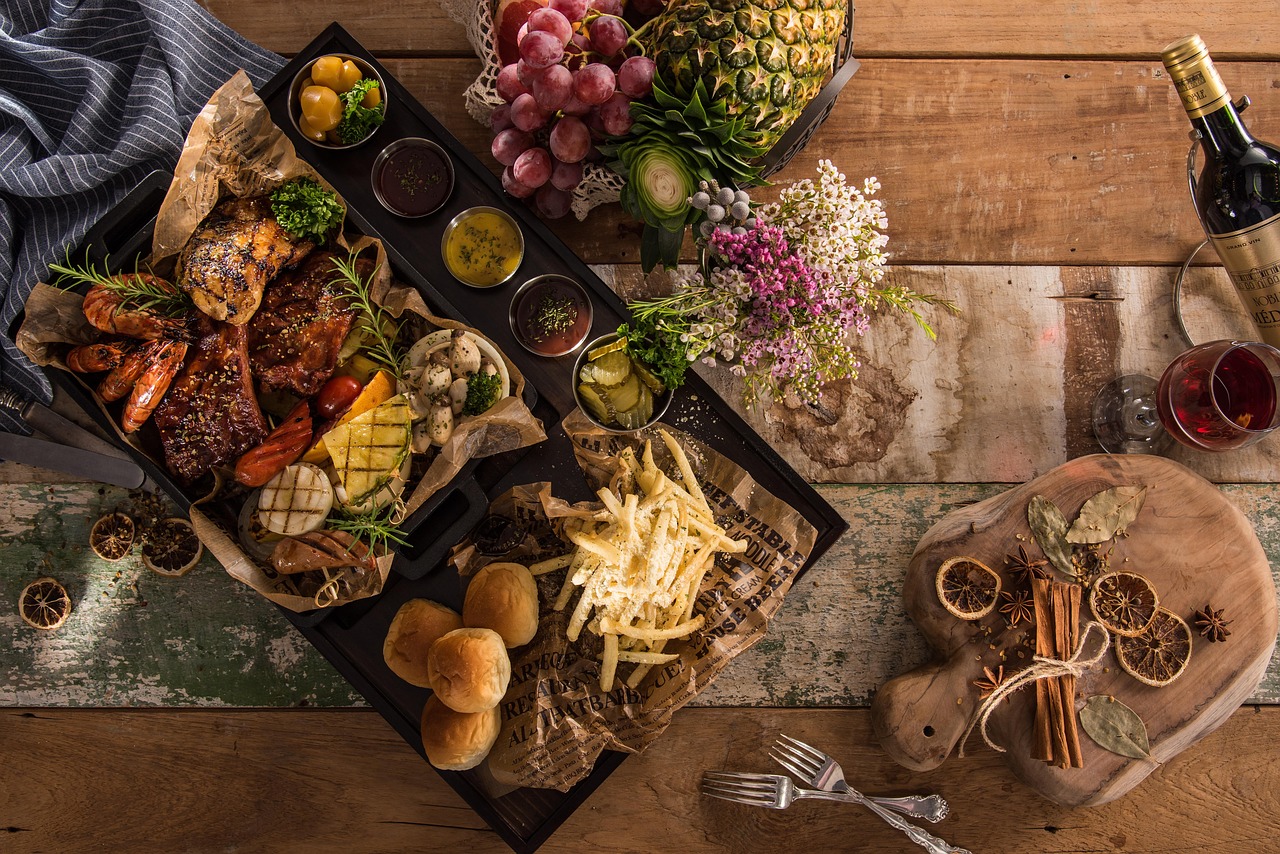In the rich tapestry of Turkish cuisine, Çeciir stands out as more than just a dish—it is a symbol of hospitality, tradition, and resilience. Known for its simplicity and nourishment, Çeciir has been a part of Anatolian kitchens for centuries, often served in moments of community gathering, religious celebrations, and daily family meals.
But what exactly is Çeciir? Where does it come from? And why does it hold such a deep emotional and cultural value in Turkish society?
In this comprehensive guide, we explore the origins, preparation, cultural importance, and modern-day relevance of Çeciir, tracing its evolution from a humble rural dish to a treasured icon of Turkish heritage.
What is Çeciir?
At its core, Çeciir is a traditional Turkish dish made primarily from chickpeas (garbanzo beans). The name itself is derived from older Turkish dialects, with some linguistic roots pointing to regional variations across Anatolia, especially in Eastern and Central Turkey.
Depending on the region, Çeciir can be:
- A roasted chickpea snack served during special occasions
- A hearty stew or soup made with chickpeas, onions, garlic, and spices
- A sweet variation, candied or glazed, popular during festivals
Though humble in ingredients, Çeciir showcases the magic of Turkish culinary philosophy: simple foods elevated through time, care, and cultural context.
The Origins of Çeciir
The history of Çeciir can be traced back to ancient Anatolia, where chickpeas were one of the earliest cultivated legumes. Chickpeas were valued not only for their nutritional content but also for their versatility and long shelf life—making them ideal for nomadic lifestyles and village economies.
Over time, chickpeas were incorporated into various dishes and Çeciir emerged as a local specialty, particularly in towns where agricultural communities depended on legumes as dietary staples.
Historians note that Çeciir was often prepared during:
- Ramadan and religious holidays
- Harvest festivals
- Weddings and village celebrations
- Winter preparations when preserving food was essential
How is Çeciir Prepared?
While Çeciir has several regional interpretations, the most popular preparation methods fall into two categories:
🍲 1. Savory Stew Style
This version is a hearty, warming dish similar to traditional Turkish legumes and soups. Common ingredients include:
- Chickpeas (soaked overnight)
- Olive oil or butter
- Onions and garlic
- Tomato paste
- Red pepper flakes, cumin, and black pepper
- Optional: Lamb or beef for added richness
Cooking Method:
- Sauté onions and garlic in olive oil or butter.
- Add tomato paste and spices; stir until aromatic.
- Toss in soaked chickpeas and optionally meat.
- Cover with water or broth and simmer for 1–2 hours until the chickpeas are tender.
🍬 2. Sweet Snack or Roasted Style
In other areas, Çeciir refers to roasted or candied chickpeas, a snack offered during celebrations or religious gatherings.
- Dry roasted chickpeas are crunchy and slightly salted.
- Candied Çeciir is coated in sugar or molasses and often colored or flavored with natural extracts.
This version is particularly popular among children and is a staple in street markets and bazaar stalls.
Cultural Significance of Çeciir
🕌 A Symbol of Hospitality
In Turkish households, offering food to guests is a sacred act, and Çeciir is often the first item served—whether as a snack, a warm dish, or a take-home gift.
It represents:
- Gratitude and generosity
- Cultural pride
- Rural-to-urban traditions preserved in everyday meals
🧕 A Link Between Generations
Many Turkish families recount childhood memories of their grandmothers preparing Çeciir, either by slow-roasting it over a wood fire or simmering it for hours in clay pots. Recipes are passed down orally, making Çeciir a powerful symbol of culinary heritage.
🕯️ Ceremonial Uses
Çeciir also appears in:
- Mevlid (memorial feasts)
- Religious observances
- Community events, such as fundraising dinners or village iftars during Ramadan
Nutritional Benefits of Çeciir
Besides its cultural value, Çeciir is a nutritional powerhouse:
| Nutrient | Value |
| Protein | High (especially for vegetarians) |
| Fiber | Supports digestion |
| Iron & Magnesium | Vital for energy and muscle health |
| Low Glycemic Index | Great for blood sugar regulation |
| Cholesterol-Free | Heart-friendly |
Roasted or boiled, chickpeas offer plant-based energy and essential nutrients, making Çeciir both satisfying and healthy.
Çeciir in Modern Turkish Cuisine
Today, Çeciir continues to evolve. It’s not uncommon to find it:
- Featured in gourmet mezze menus
- Packaged as ready-to-eat snacks in health food stores
- Reimagined in fusion cuisines with Middle Eastern and Mediterranean influences
Restaurants across Turkey and beyond are revisiting Çeciir to introduce younger generations to their culinary roots—with a modern twist.
Examples of Modern Twists:
- Çeciir hummus with roasted spices
- Çeciir salad bowls with tahini dressing
- Air-fried Çeciir with paprika and lemon zest
How to Make Çeciir at Home: Simple Recipe
Here’s a simple home recipe for roasted savory Çeciir:
Ingredients:
- 1 cup cooked chickpeas (or canned, drained and rinsed)
- 1 tbsp olive oil
- ½ tsp cumin
- ½ tsp paprika
- ½ tsp salt
- Optional: chili flakes for heat
Instructions:
- Preheat oven to 200°C (400°F).
- Pat chickpeas dry with a towel.
- Toss with olive oil and spices.
- Spread on a baking sheet.
- Roast for 25–30 minutes, shaking halfway through.
- Let cool and store in an airtight container.
Perfect for snacking, topping salads, or serving to guests.
Why Çeciir Still Matters
In a rapidly globalizing world, Çeciir serves as a reminder of the value of local food traditions, family rituals, and community-centered living. While trends come and go, dishes like Çeciir endure—anchoring people to their history, identity, and shared experiences.
Whether enjoyed as a meal or a memory, Çeciir continues to nourish both body and soul in Turkish homes and communities.
TL;DR – Quick Summary
| Topic | Summary |
| What is Çeciir? | A traditional Turkish chickpea-based dish or snack |
| Origin | Rooted in Anatolian culture and rural Turkey |
| Types | Stewed savory dish or roasted/candied snack |
| Cultural Role | Symbol of hospitality, memory, and tradition |
| Health Benefits | High in protein, fiber, and minerals |
| Modern Usage | Seen in mezze, gourmet dishes, and packaged snacks |
Final Thoughts
Çeciir is more than just food—it’s a cultural experience. In every bite lies a story of Turkish resilience, generosity, and culinary artistry. Whether you’re exploring Turkish cuisine for the first time or rediscovering family traditions, Çeciir is a dish worth learning, making, and sharing.



